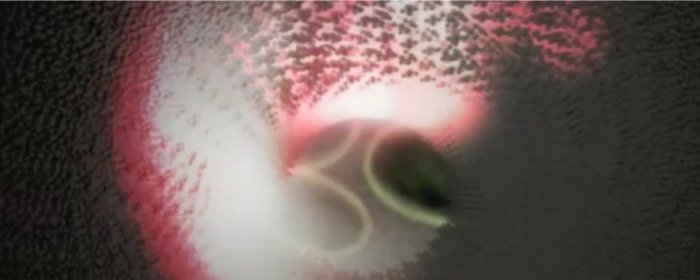
by Helen Hill
The MGHPCC seed fund is allowing Alfredo Alexander Katz (Material Science, MIT) and Alán Aspuru-Guzik (Quantum Chemistry, Harvard) to combine computational techniques from materials science with computational thinking from quantum chemistry. In this video Alfredo and Alán describe more about their collaboration and the new science it is enabling.
Typically plants need an average of at least a few hundred watts per square meter of solar radiation to survive. At depths of a few hundred meters down in the ocean, the amount of solar radiation decays to around a millionth of the surface intensity so that photosynthesizing organisms, at such depths only receive 10-4 Wm-2 of radiation. MGHPCC seed fund awardees Alán Aspuru-Guzik (Quantum Chemistry, Harvard) and Alfredo Alexander-Katz (Materials Science, MIT) are studying the properties of a photosynthetic bacteria (Chlorobium Tepidum, also known as Green sulphur bacteria) that manages to survive in this low energy environment. Their work seeks to understand the interplay between biomolecular structure and efficient light harvesting on the quantum scale and how this could lead to radical new approaches to energy generation.
The MGHPCC seed fund work is allowing Alfredo and Alán to combine computational techniques from materials science with computational thinking from quantum chemistry.
In this video the pair describe more about their collaboration and the new science it is enabling.